Reasons why your app could be rejected by Apple and how to make a comeback
Written by Marie Pireddu on
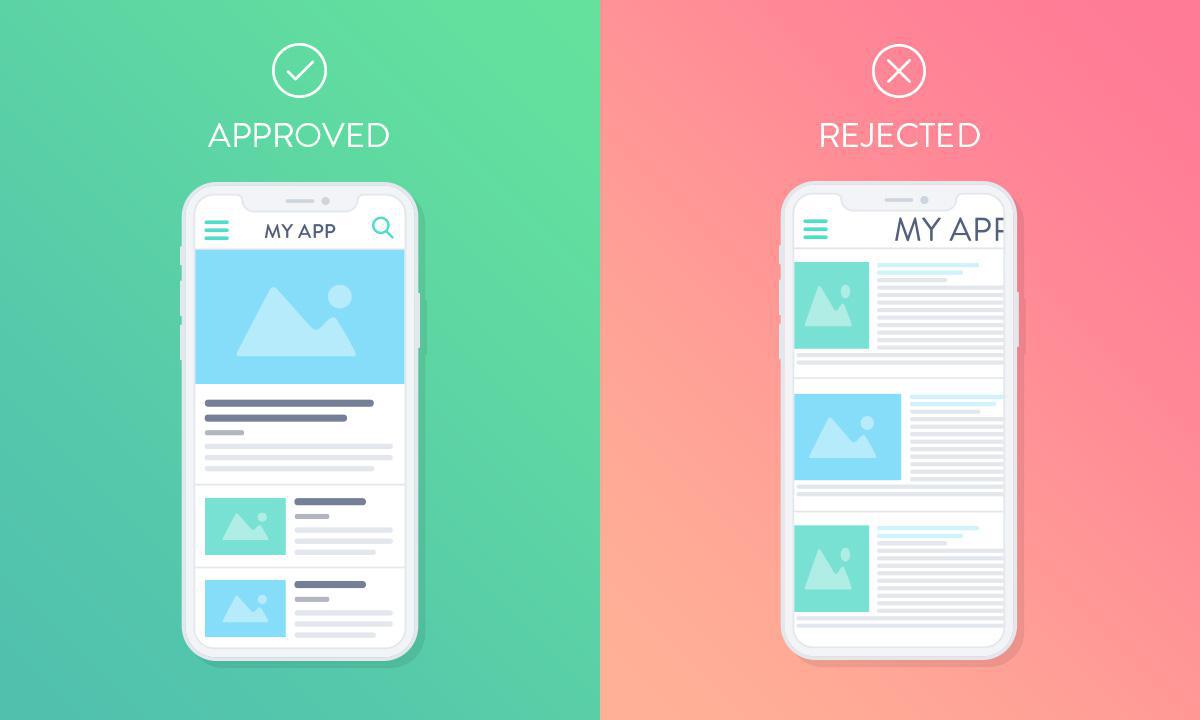
You’ve worked so hard to create your beautiful app and followed all the tips given in the how to make an app guide, and in your opinion it is flawless... but then Apple informs you that they have rejected it.
Now what ? First you have to understand exactly why your app has been rejected, and then you need a game plan for what to do next.
As of today, not following Guideline 2.1 Performance - App completeness is the main cause of rejection.
It causes 40% of the rejections by the Apple review team.
“2.1 App Completeness
Submissions to App Review, including apps you make available for pre-order, should be final versions with all necessary metadata and fully functional URLs included; placeholder text, empty websites, and other temporary content should be scrubbed before submission. Make sure your app has been tested on-device for bugs and stability before you submit it, and include demo account info (and turn on your back-end service!) if your app includes a login. If you offer in-app purchases in your app, make sure they are complete, up-to-date, and visible to the reviewer, or that you explain why not in your review notes. Please don’t treat App Review as a software testing service. We will reject incomplete app bundles and binaries that crash or exhibit obvious technical problems.”
According to Apple, the following 10 reasons are the most common causes of rejection from Guideline 2.1
They can be divided into 2 categories: metadata rejections and binary rejections
Now what ? First you have to understand exactly why your app has been rejected, and then you need a game plan for what to do next.
As of today, not following Guideline 2.1 Performance - App completeness is the main cause of rejection.
It causes 40% of the rejections by the Apple review team.
“2.1 App Completeness
Submissions to App Review, including apps you make available for pre-order, should be final versions with all necessary metadata and fully functional URLs included; placeholder text, empty websites, and other temporary content should be scrubbed before submission. Make sure your app has been tested on-device for bugs and stability before you submit it, and include demo account info (and turn on your back-end service!) if your app includes a login. If you offer in-app purchases in your app, make sure they are complete, up-to-date, and visible to the reviewer, or that you explain why not in your review notes. Please don’t treat App Review as a software testing service. We will reject incomplete app bundles and binaries that crash or exhibit obvious technical problems.”
According to Apple, the following 10 reasons are the most common causes of rejection from Guideline 2.1
They can be divided into 2 categories: metadata rejections and binary rejections
1. Metadata rejected
If your app has to be rejected by Apple, a metadata rejection is the best case scenario!
This means that the review has only just been interrupted and can be resumed once you provide the missing information.
The most common metadata errors are:
- Inaccurate screenshots: your screenshots should accurately communicate your app’s value and functionality. An irrelevant, useless, or misleading screenshot or a screenshot that is not appropriate for all audiences (even if you have specified your app is for 17+) will have you facing rejection from the review team.
- Incomplete info: The type of “missing information” that can cause this is most often an incomplete submission form, not providing a demo login account, lack of configuration instructions, or even outdated contact information.
It is an easily avoidable situation usually caused by carelessness!
- Misleading users: Misleading, fraudulent, or irrelevant information in the app's description can also be problematic.
If the way in which you describe your app isn't in total alignment with the actual content of the app, this will not fly.
How to make a comeback?
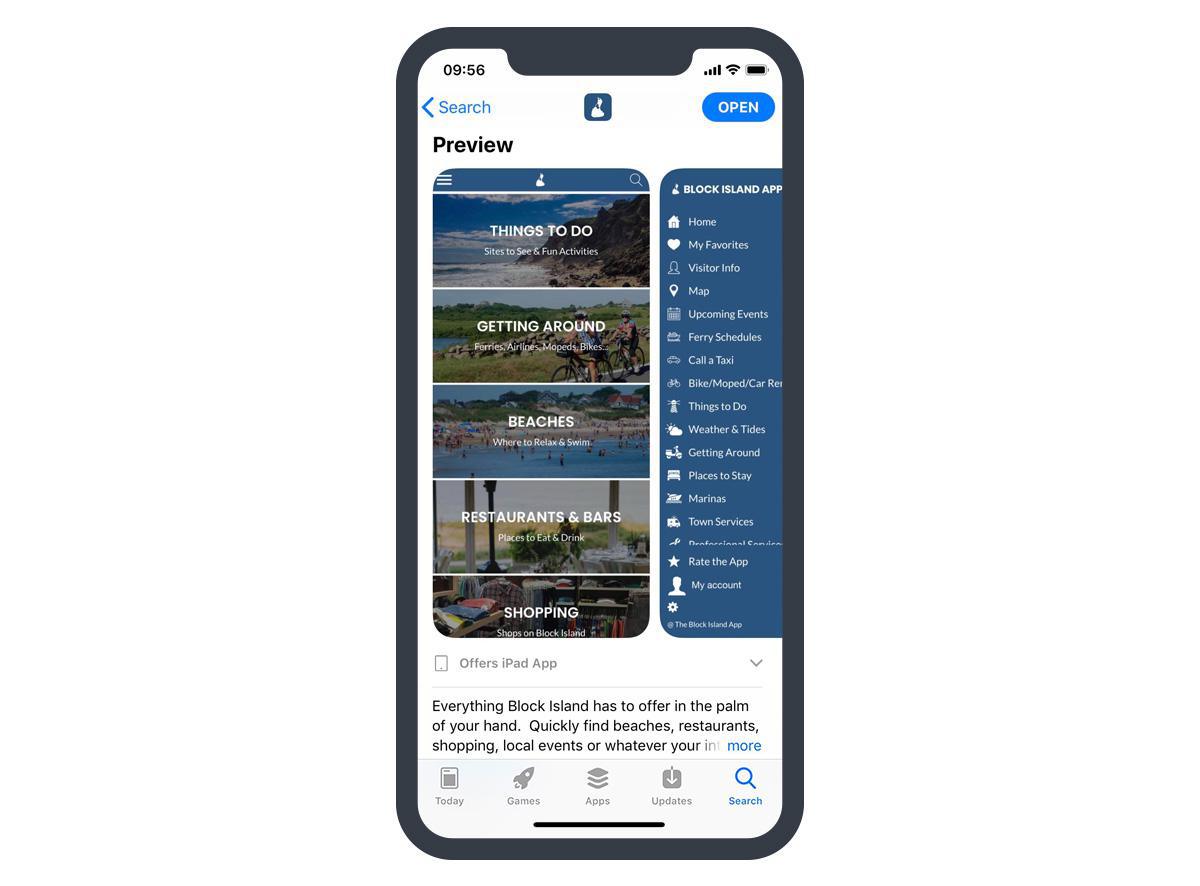
If metadata rejected, as we said before, it’s the easiest comeback.
In this case, you will not need to upload a new binary (.ipa file) once you are done making the changes. Simply resume the submission process where it was interrupted.
Screenshots: you have 3 different sizes for your screenshots: 5.5", 6.5"and 12.9". They allow all your screenshots to adapt to the different Apple mobile screens (iPad and iPad Pro included). They must be actual screenshots of your app. Use them to highlight the best features. They are the visual window of your app.
Demo login account: You must provide a valid demo account that the Apple reviewer will be able to use. Showing a simple login screen is not enough.
In this case, you will not need to upload a new binary (.ipa file) once you are done making the changes. Simply resume the submission process where it was interrupted.
Screenshots: you have 3 different sizes for your screenshots: 5.5", 6.5"and 12.9". They allow all your screenshots to adapt to the different Apple mobile screens (iPad and iPad Pro included). They must be actual screenshots of your app. Use them to highlight the best features. They are the visual window of your app.
Demo login account: You must provide a valid demo account that the Apple reviewer will be able to use. Showing a simple login screen is not enough.
2. Binary Rejected
An app is a combination of appealing design and super active functions. If your app justifies the defined purpose and solves users’ problems in effective ways, it’s perfect. But if not, your app can be counted poor in performance. And if your app has been “binary” rejected, a little more work will be required for you to make a comeback.
The most common binary errors are:
Careful examination of all of these should reveal any problems or bugs and if you are using GoodBarber our iOS support team can certainly help you to resolve before submission.
If your app looks like nothing more than a repackaged website, it won’t be accepted either. As stated by Apple, your app should have a minimum functionality: “Your app should include features, content, and UI that elevate it beyond a repackaged website. If your app is not particularly useful, unique, or “app-like,” it doesn’t belong on the App Store.”
And finally,
The most common binary errors are:
- Crashes and bugs: Get rid of the bugs before Apple catches them.
Careful examination of all of these should reveal any problems or bugs and if you are using GoodBarber our iOS support team can certainly help you to resolve before submission.
- Broken links: the testing will also reveal all of your links to be working properly, including the required link to contact information.
- Placeholder content: You need to make sure your app has a simple, intuitive, and attractive interface, and is 100% ready for customer download. This means no content placeholders!
- Requesting permission: It’s very important that your app only requests permissions that it actually needs in order to function. This includes permission to use the device camera, GPS, user’s location and more. It’s also important if your app requires location services to explain why your app needs access to the users’ location.
- Substandard user interface: Beautiful design is very important to Apple, and a lot of emphasis is placed on User Experience. There are very strict design guidelines that must be followed in order to be up to Apple’s standards, and it is important to read these over and make sure you are in compliance before submission. Think about the type of product Apple puts out—shiny, sleek, classy, and overall gorgeous. Keep this standard in mind, and listen to Apple’s words of advice: “If your App looks like it was cobbled together in a few days….or if your app is plain creepy, it may not be accepted”.
- Not enough lasting value: Consider the overall value of your app in terms of what is already out there. Your app may be perfectly crafted, free of bugs, and the loveliest thing you’ve ever seen, but does it offer something better than the other apps already in the store?
If your app looks like nothing more than a repackaged website, it won’t be accepted either. As stated by Apple, your app should have a minimum functionality: “Your app should include features, content, and UI that elevate it beyond a repackaged website. If your app is not particularly useful, unique, or “app-like,” it doesn’t belong on the App Store.”
And finally,
- Repeated submission of similar apps is not well received. Apple advises trying combining your multiple apps into one offering a better user experience.
How to make a comeback ?
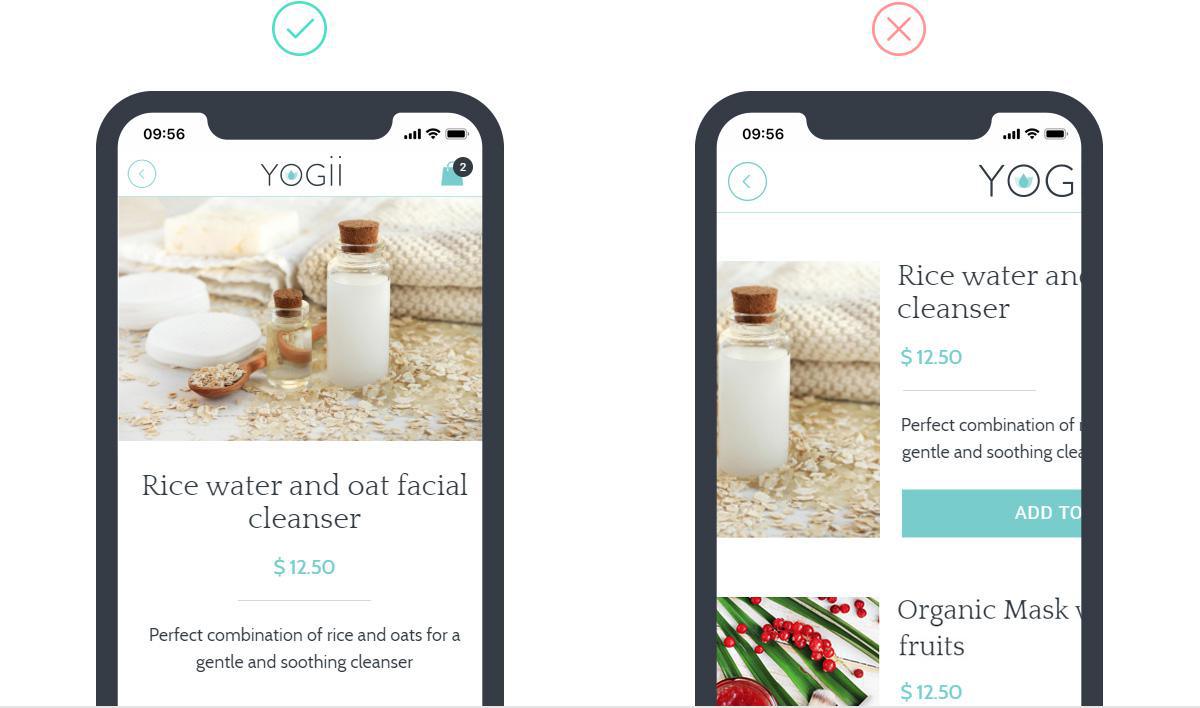
Even though this is a longer process than a metadata rejection, it is not the end of the world. You can submit your app again after making the necessary adjustments. This second time around, be thorough with your work.
Careful examination of all of these should reveal any problems or bugs which the GoodBarber support team can certainly help you to resolve before submission.
- Really understand the reasons for your rejection. You will receive an email from Apple but the exact reason is not included.
- Contact the Apple Resolution Center for more details and keep the discussion open with them
- One of the advantages of using an app builder such as GoodBarer, our iOS Review Team is here to help in getting your app approved. Contact them with the details of your rejection and they will do their best for you to be successful.
- Another benefit: thanks to GoodBarber beautiful design templates, your app will already be up to Apple Standards on this subject.
- Test your app: Your best bet is to go to the Test page of the My GoodBarber App , which will enable you to test the Native preview of your app.
Careful examination of all of these should reveal any problems or bugs which the GoodBarber support team can certainly help you to resolve before submission.
- Once you fixed the issues and finished testing your app, you need to upload a new binary (.ipa file) and then you may resubmit it for review.
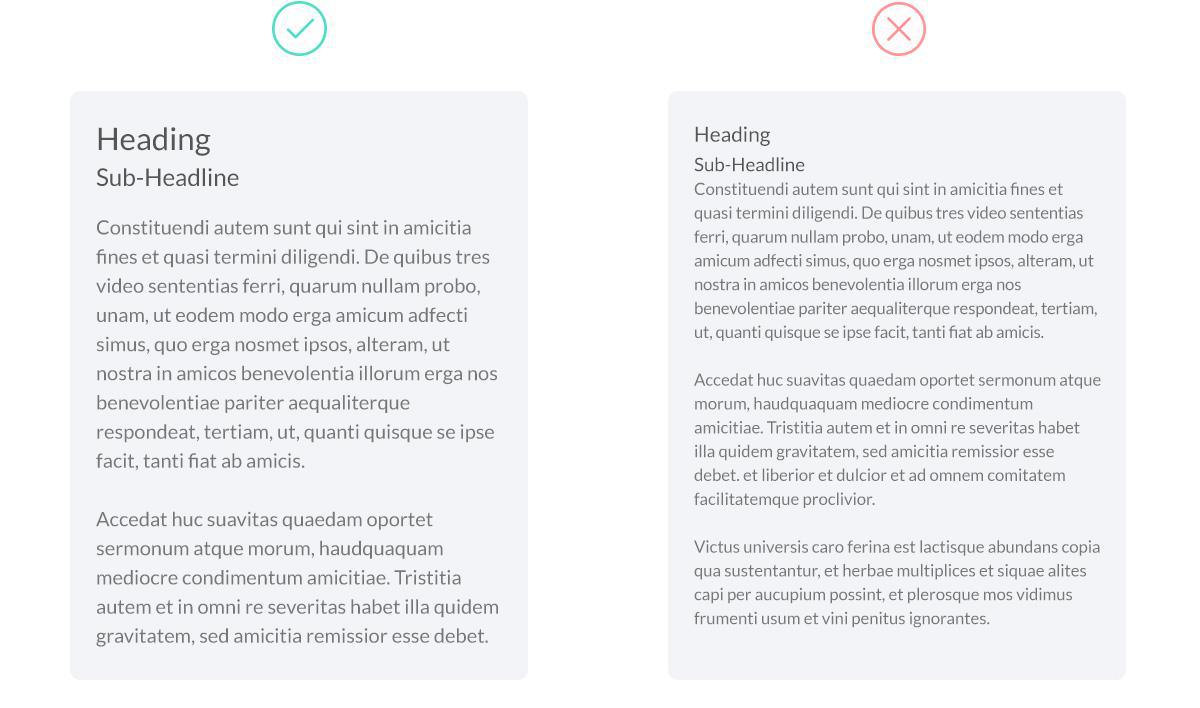
Spacing
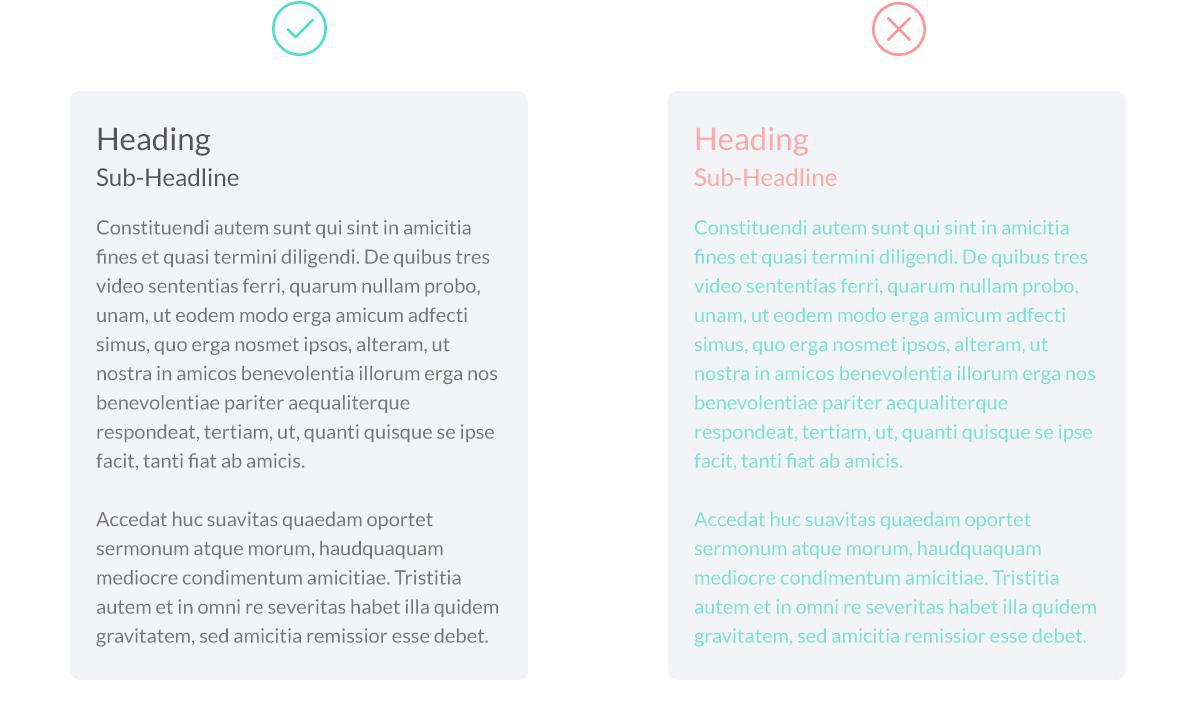
Contrast
There is a reason why Apple is so strict with their review process. It gives the ecosystem of the App Store very high quality standards and therefore remains trusted by iOS users.
To avoid the hassle and waiting period of a second review, best is to follow not only their guidelines but our tips to prevent your app of being rejected ;)
To avoid the hassle and waiting period of a second review, best is to follow not only their guidelines but our tips to prevent your app of being rejected ;)
 Design
Design